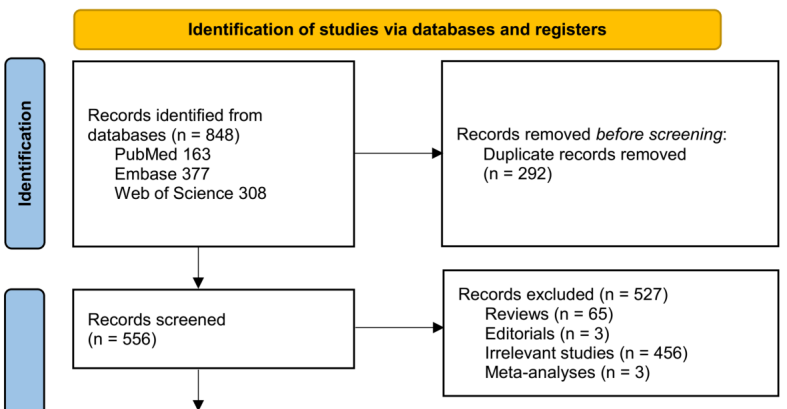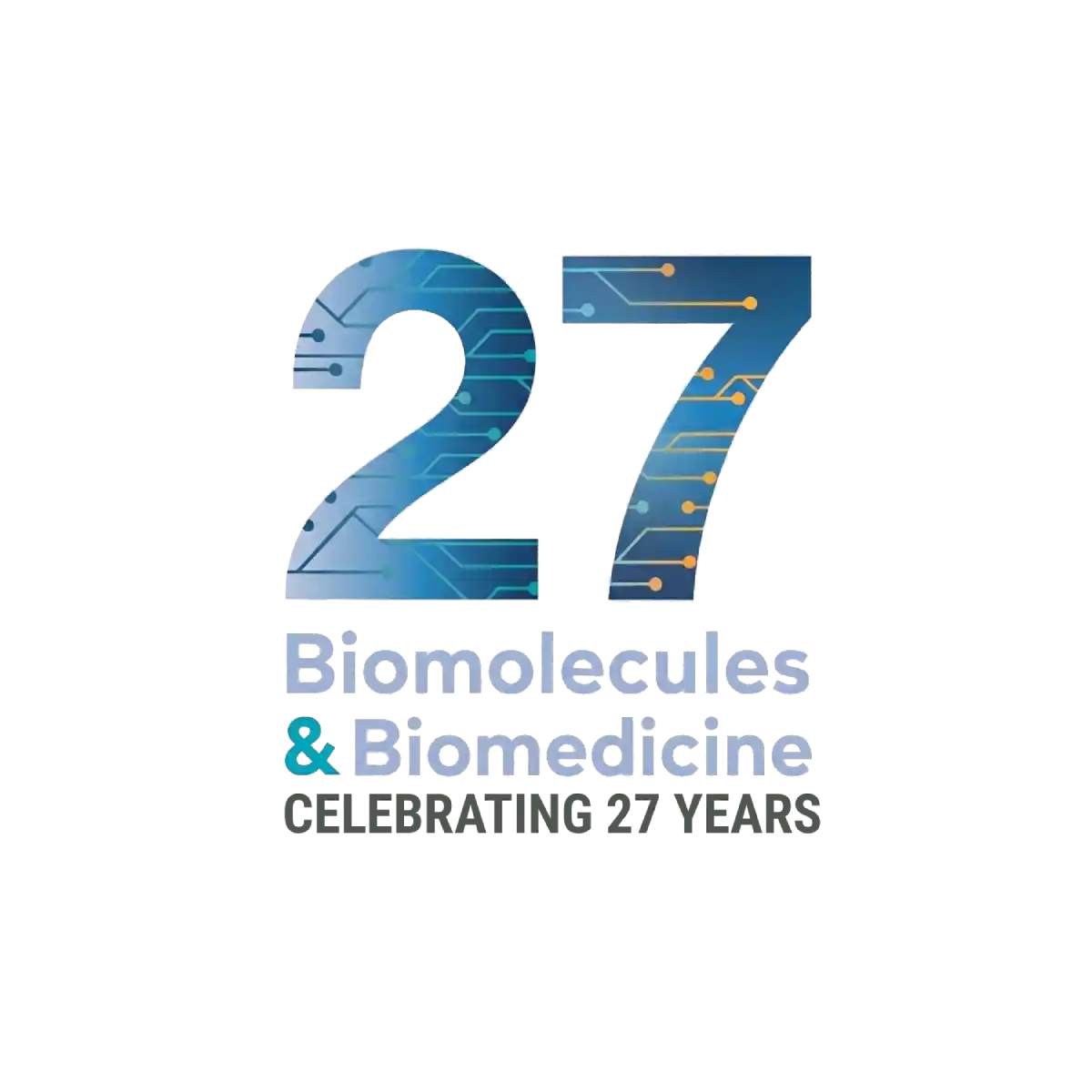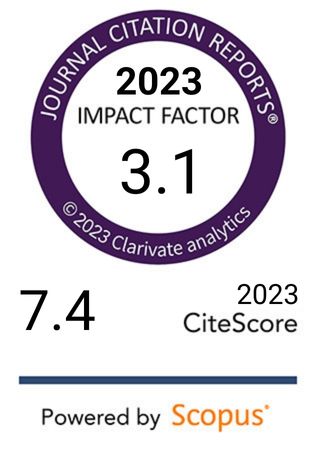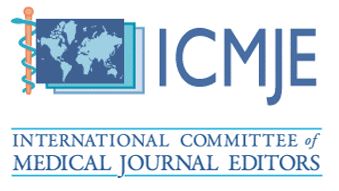Prognostic impact of sleep-disordered breathing on mortality and cardiovascular events in renal dialysis: A meta-analysis
DOI:
https://doi.org/10.17305/bb.2025.13100Keywords:
Sleep-disordered breathing, hemodialysis, peritoneal dialysis, mortality, meta-analysisAbstract
Sleep-disordered breathing (SDB) is prevalent among patients undergoing renal dialysis, yet its prognostic implications for mortality and cardiovascular outcomes remain unclear. This meta-analysis investigates the relationship between SDB and all-cause mortality as well as major adverse cardiovascular events (MACEs) within this demographic. A systematic search of PubMed, Embase, and Web of Science was conducted from inception to May 29, 2025, focusing on longitudinal observational studies that assessed SDB in adult dialysis patients. The primary outcome analyzed was all-cause mortality, while the secondary outcome was MACEs. Pooled hazard ratios (HRs) with 95% confidence intervals (CIs) were computed using random-effects models to account for heterogeneity. A total of eleven cohort studies encompassing 656,328 dialysis patients, of which 23,725 had SDB, were included. The results indicated that SDB was significantly associated with an increased risk of all-cause mortality (HR: 1.79, 95% CI: 1.42–2.25; I² = 32%; p < 0.001). Notably, the association was more pronounced in Asian studies (HR: 2.07) compared to non-Asian studies (HR: 1.35; p for subgroup difference = 0.008) and in studies employing polysomnography or pulse oximetry versus those using ICD codes (HR: 2.57 and 2.00 vs. 1.35; p = 0.002). Furthermore, five studies indicated that SDB was linked to an elevated risk of MACEs (HR: 2.68, 95% CI: 1.86–3.85; I² = 0%; p < 0.001). In conclusion, SDB is associated with heightened mortality and cardiovascular risk in patients on renal dialysis. These findings underscore the necessity for increased awareness and management of SDB in this population. However, further interventional studies are required to ascertain whether systematic screening and treatment can enhance clinical outcomes.
Citations
Downloads

Downloads
Additional Files
Published
Issue
Section
Categories
License
Copyright (c) 2025 Tingting Hao, Yingjiao Shen, Xiaofeng Lu

This work is licensed under a Creative Commons Attribution 4.0 International License.









